What is a Thin Tile?
The thin tile is a plate-shaped ceramic product made of kaolin clay and other inorganic non-metal materials, and is produced by a high-temperature calcination process at 1200oC. Compared to the current ordinary ceramic tile products, the amount of ceramic materials per unit area is more than doubled. This not only saves raw material resources, but also reduces overall consumption. It can help achieve the low carbon goal of “energy saving and material saving”. It can also directly reduce logistics transportation costs.
This product, whether applied to the outer wall or the ground has no deformation and fading. It has a strong wear resistance, high hardness, and is moisture resistance with long life, as well as fire and heat resistance. It has a good floor heating effect, and it is environmentally friendly. It is easy to maintain, and it is also durable. There is no cracking, and it has a low water absorption rate. There is no color difference and radiation, and it has a simple construction which is cost saving. It has a more convenient cutting and processing and it has a low cost. It is a decorative art which is rich in color, stability, and various tile effects.
The large-size ultra-thin ceramic plate is a new type of architectural ceramic decorative plate which greatly saves resources and reduces energy consumption.
Internationally, in 2001, Italian LAMINAM company first produced a sheet of 1000×3000×3mm. In 2004, Italy’s COTT D’ESTE also produced 1000×3000×3mm sheets. In the same year, Spanish thin tiles began to be introduced to the market. In 2009, the size of the ultra-thin tile produced by Spain reached 3600×1200mm.
After the thin tiles have been widely used all over the world, it has been found that large-size or oversized products are more difficult to lay on buildings. Therefore, the Italian REX company produced 600 × 1200 × 4mm specifications. This product is only 0.72m2 per piece and is popular with consumers. It is suitable for building modules and public building conventions. When shipped, 20-foot containers can hold 2300m2 without wasting space.
Since then, Italy’s GARDENIA has produced 300 × 300 × 3mm small-sized thin tiles, and Spain’s INALCO has also produced 500 × 1000 × 4mm and 1000 × 1000 × 4mm products. After the launch of the market, it has been quite popular among users.
Small and medium-sized thin plates are mainly used in various specifications such as 300x600mm, 400x800mm, 450x900mm, 600x900mm, and 600x1200mm.
Compared with the traditional thin plate, the multi-standard selection is more suitable for the multi-door windows and geometric shapes of the outer wall, and the construction cost and construction process control meets the actual needs.
Secondly, the enamel embryo body of the ceramic thin plate itself, compared to the porcelain embryo body has a water absorption rate of about 1%, and is more likely to form a physical bite force with the molecular structure of the binder, thereby improving the thin plate and the wall body.
Small and medium-sized thin plates can be widely used in commercial podium, exterior walls and self-built villas. Because the cost of wet cleaning is much lower than the cost of dry hanging, small and medium-sized thin plates have better advantages in wet-bonding construction process which is less recognized by builders.

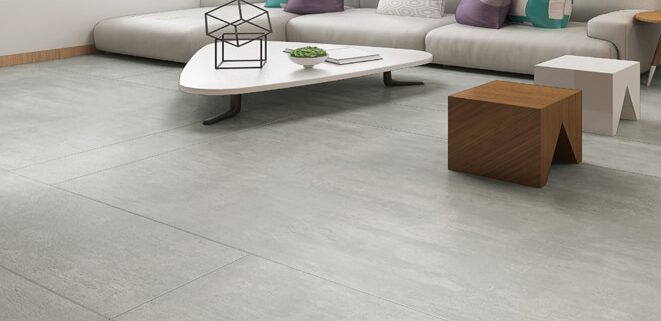
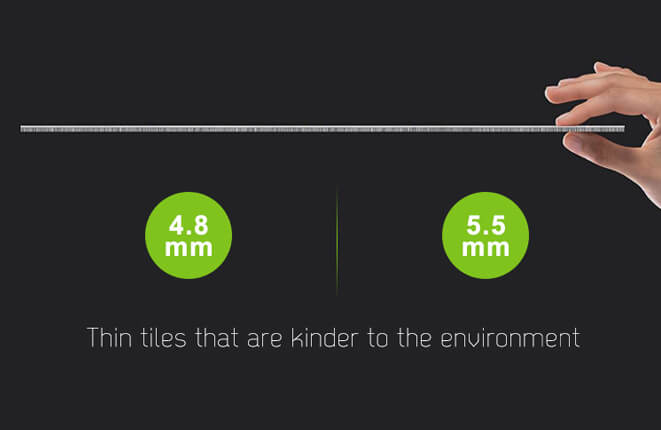
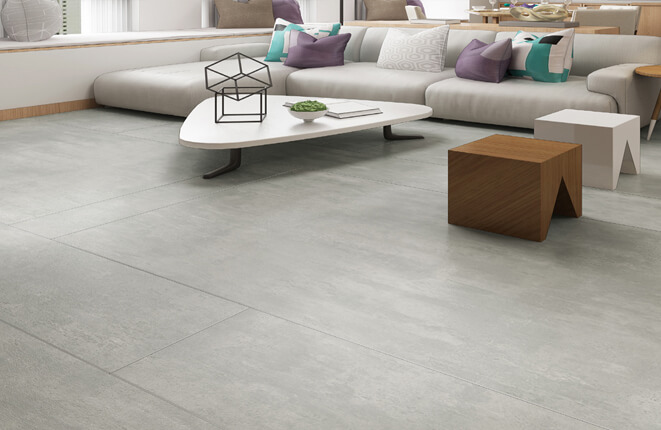
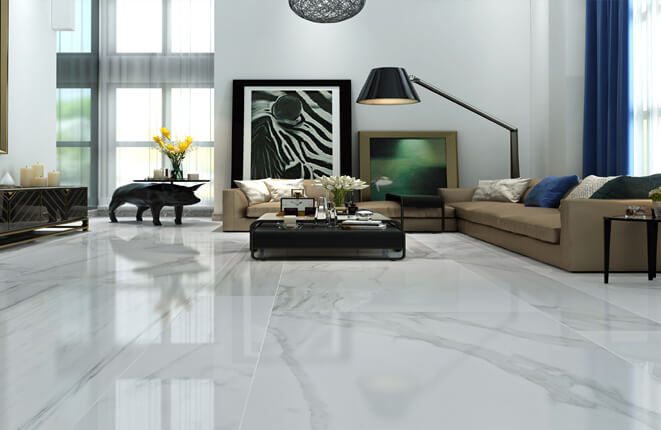

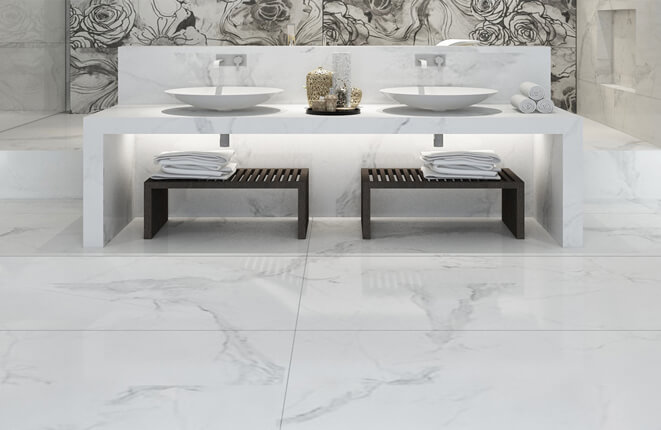
 Facebook
Facebook Linkedin
Linkedin Instagram
Instagram Pinterest
Pinterest  Twitter
Twitter
